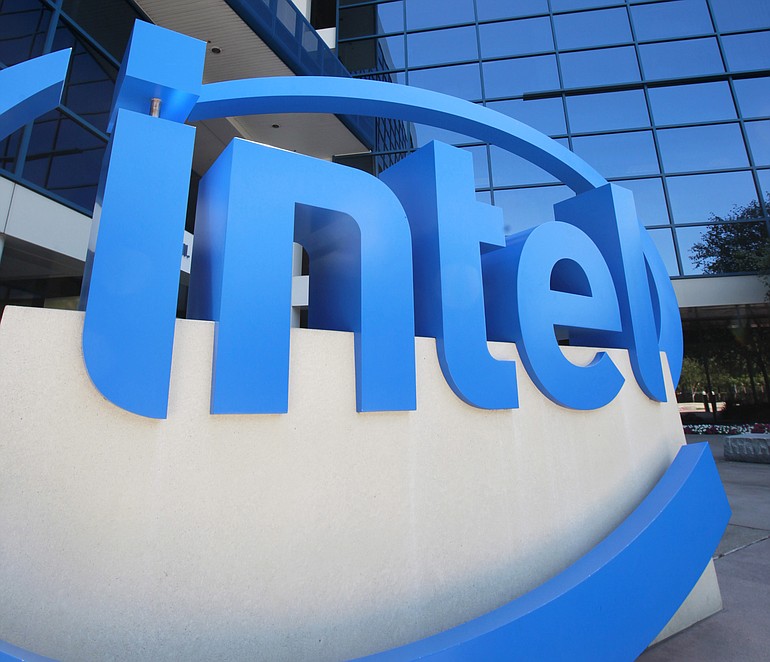Intel is the largest private employer in the Portland-Vancouver metro area. About one in 10 jobs at Intel’s Hillsboro, Ore., sites is held by a resident of Southwest Washington. The company also has strong ties to Vancouver-based SEH America and other Clark County suppliers.
SAN FRANCISCO — Intel Corp. on Tuesday revealed the scope of its latest infusion to keep its factories cutting-edge and push the chip industry’s pace: an investment of up to $8 billion to build a new factory in Oregon and upgrade four existing plants in Arizona and Oregon.
In all, the projects will create up to 8,000 temporary construction jobs and up to 1,000 permanent positions in Oregon when that factory opens in 2013.
Intel’s problem with factories is akin to your car needing a new engine every couple of years to avoid becoming a dinosaur. Intel’s factories are the Ferraris of the semiconductor world. They need constant, massive investments to keep up with the breakneck pace of technological progress that Intel itself set and has pushed for more than 40 years.
“Today’s announcement reflects the next (installment) of the continued advancement of Moore’s Law and a further commitment to invest in the future of Intel and America,” Intel President and CEO Paul Otellini said.
Moore’s Law is Intel co-founder Gordon Moore’s famous prediction in 1965 that computer chips’ performance will roughly double every two years as manufacturing technology improves and more transistors, or tiny on/off switches, can be crammed on to the chips. The other side of that prediction is that prices will also fall.
Tuesday’s announcement underscores Intel’s role as the world’s biggest manufacturer of microprocessors, which are the “brains” of computers. It also shows the importance of the company’s size and ability to spend heavily in maintaining its lead in the semiconductor world.
Few companies can stomach the cost of competing against Intel. Advanced Micro Devices Inc., Intel’s main rival in computer microprocessors, spun off its factories into a separate company, called GlobalFoundries Inc., in 2009 to unload debt and free itself from the heavy upkeep costs. AMD’s revenue is seven times less than Intel’s.
Intel’s new investment will support its transition to 22-nanometer manufacturing technology. Intel’s last major investment was a $7 billion outlay announced in February 2009.
The two plants in Chandler, Ariz., and two in Hillsboro, Ore., that are getting the upgrade make Intel’s most advanced chips. Intel has plants around the world, including Ireland and Israel, but three-quarters of its chip manufacturing is done in the U.S. That’s partly a function of strict U.S. export rules on the most sophisticated chipmaking equipment. Those rules effectively limit the kinds of chips that Intel can make in certain countries, such as China.
Intel shares edged up 2 cents to $19.21 Tuesday.



